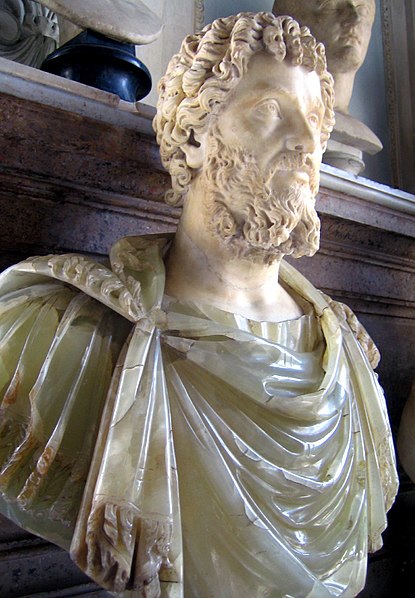Willem van den Broecke, Willem van den Broeck or Guillelmus Paludanus was a Flemish sculptor, painter, draughtsman and architect. He was a scion of a family of artists, which had its origins in Mechelen and some members of which later moved to Antwerp. Willem was active in Antwerp and also worked and likely trained in Italy for a long period. He was known for his small scale works, many of which were executed in alabaster. He was, along with Cornelis Floris, the leading sculptor in Antwerp in the second half of the 16th century. He was also one of the designers of the Antwerp City Hall. He enjoyed the patronage of an elite international clientele of church institutions, Spanish nobility, princes of Protestant territories as well as patricians from Augsburg.
Self-portrait while Molding Wax
Anatomical study
Cypris and Eros
Portrait of Albrecht Dürer
Alabaster is a mineral and a soft rock used for carvings and as a source of plaster powder. Archaeologists, geologists, and the stone industry have different definitions and usages for the word alabaster. In archaeology, the term alabaster is a category of objects and artefacts made from the varieties of two different minerals: (i) the fine-grained, massive type of gypsum, and (ii) the fine-grained, banded type of calcite.
Calcite alabaster: The tomb of Tutankhamun (d. 1323 BC) contained a practical objet d’art, a cosmetics jar made of Egyptian alabaster, which features a lid surmounted by a lioness (goddess Bast).
Alabaster artefact: A composite bust of the Emperor Septimius Severus; the head is marble and the bust is alabaster.
Alabaster windows in the Church of Santa Maria la Mayor of Morella, Spain (built 13th-16th centuries)
Alabaster workshop in Volterra, Italy








